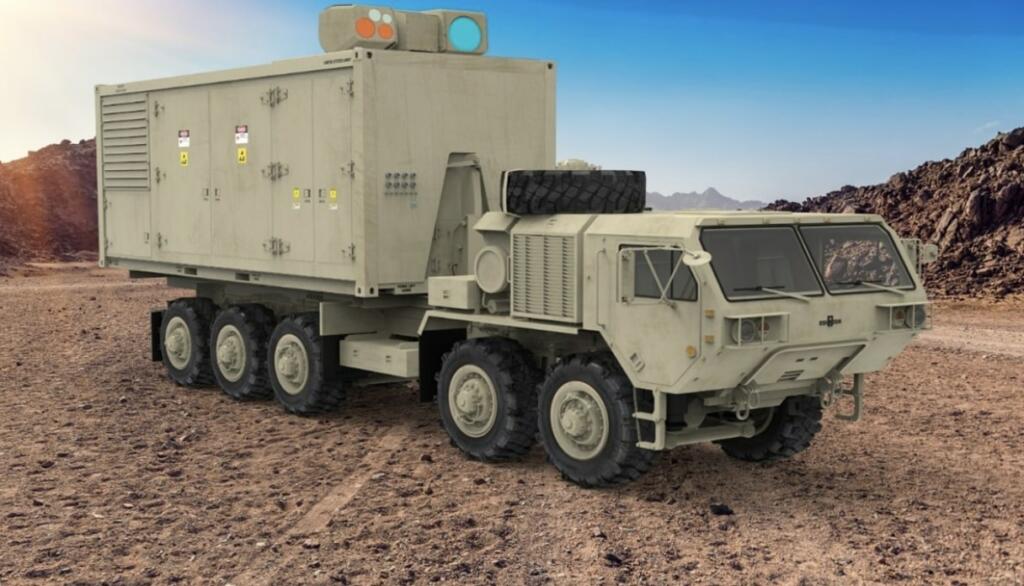Lockheed Martin has a US Army contract to develop and deliver up to four 300 kW-class laser weapon systems to the Indirect Fire Protection Capability-High Energy Laser (IFPC-HEL) prototype program. The IFPC-HEL system complements other layered defense components to protect soldiers from stressing threats, unmanned aerial systems, rocket, artillery and mortars, along with rotary and fixed-wing aircraft.
Lockheed Martin will deliver two 300 kW-class IFPC-HEL prototypes with an option for two additional 300 kW-class units.

The Evolution of IFPC-HEL
Since 2019, Lockheed Martin was integral to the transition from the 100 kW-class science and technology program, the High Energy Laser Tactical Vehicle Demonstrator (HEL-TVD), to deliver a 300 kW-class IFPC-HEL demonstrator.
In 2020, Lockheed Martin was awarded a contract to develop a compact, ruggedized 300 kW-class laser for the Department of Defense.
In August of 2022, Lockheed Martin delivered the High Energy Laser Scaling Initiative (HELSI) laser for use in the IFPC-HEL demonstrator, which was the most powerful solid-state directed energy technology delivered at that time.

Brian Wang is a Futurist Thought Leader and a popular Science blogger with 1 million readers per month. His blog Nextbigfuture.com is ranked #1 Science News Blog. It covers many disruptive technology and trends including Space, Robotics, Artificial Intelligence, Medicine, Anti-aging Biotechnology, and Nanotechnology.
Known for identifying cutting edge technologies, he is currently a Co-Founder of a startup and fundraiser for high potential early-stage companies. He is the Head of Research for Allocations for deep technology investments and an Angel Investor at Space Angels.
A frequent speaker at corporations, he has been a TEDx speaker, a Singularity University speaker and guest at numerous interviews for radio and podcasts. He is open to public speaking and advising engagements.


One step closer to Skynet! OOOOOH! LOL
There are 2 problems
1. Short Pulses have high peaks power. At some point air will not be transparent anymore.
2. As short laser pulses travel through a medium they stretch. Itch called chirping.
So that ultrashort pulse is not so short anymore once it reaches the drone.
Whatever happened to Ultrashort Pulse Lasers?
“The intensity of the laser pulse can also accelerate electrons outward from the impact point at high speed. This rapid movement generates an electromagnetic pulse or EMP. This can be a problem in the laboratory when laser-generated EMP disturbs measuring instruments. On the battlefield a powerful EMP, or a series of them, might bring down drones, missiles or even aircraft. The EMP is generated right at the surface of the target rather than some distance away, as EMP effectiveness falls off with the square of distance.
Pulsed operation avoids the challenges of waste heat management or power supply that other lasers face. The extremely high power and the extremely short pulses combine to produce an average power draw that is surprisingly low; the goal is for the pulsed laser to have power output of just 20-50 watts. (Or, as Arnie would say: “Phased plasma rifle in the 40-watt range.”) So as well as being a million times more powerful than other lasers over a short time period, it is a thousand times less powerful over longer timescales.”
See:
https://www.forbes.com/sites/davidhambling/2021/03/11/us-army-develops-laser-machinegun-firing-light-bullets